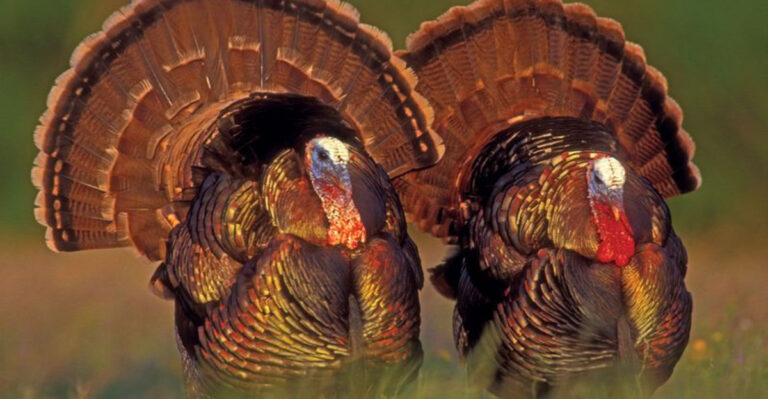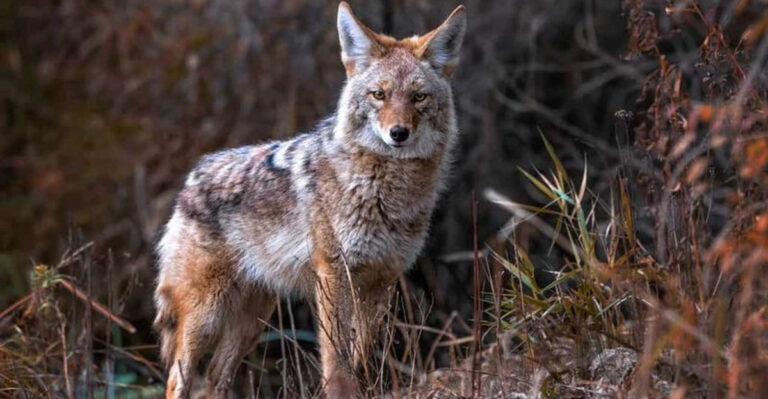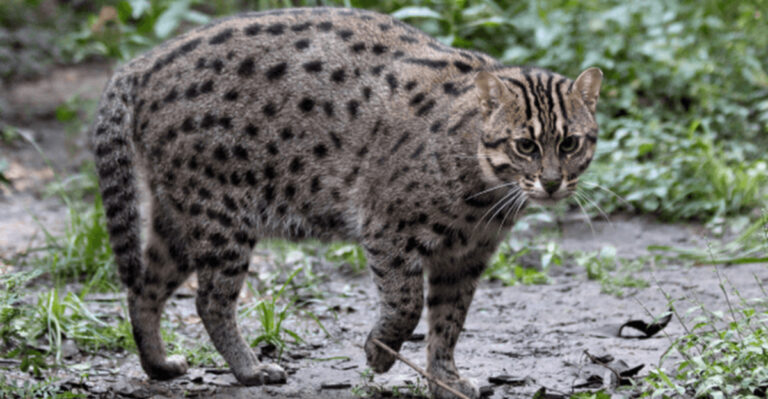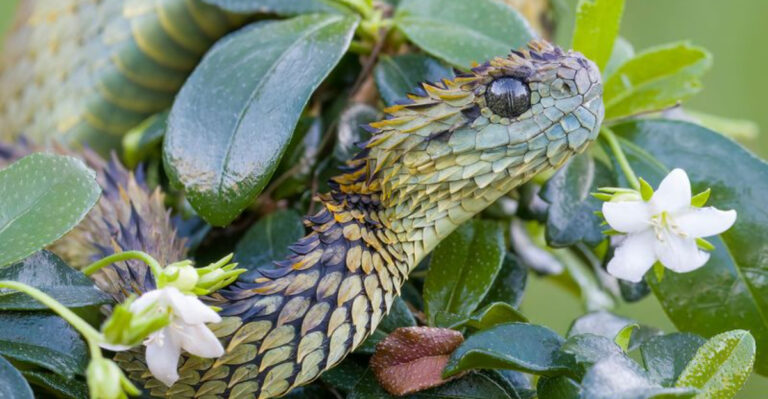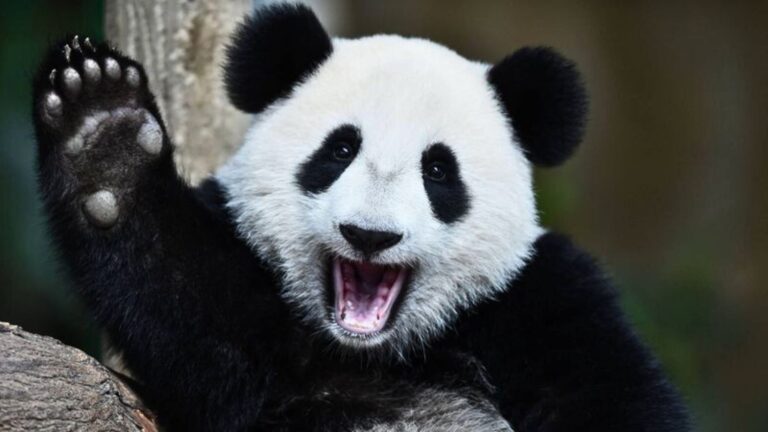18 Endangered U.S. Animals Fighting For Survival
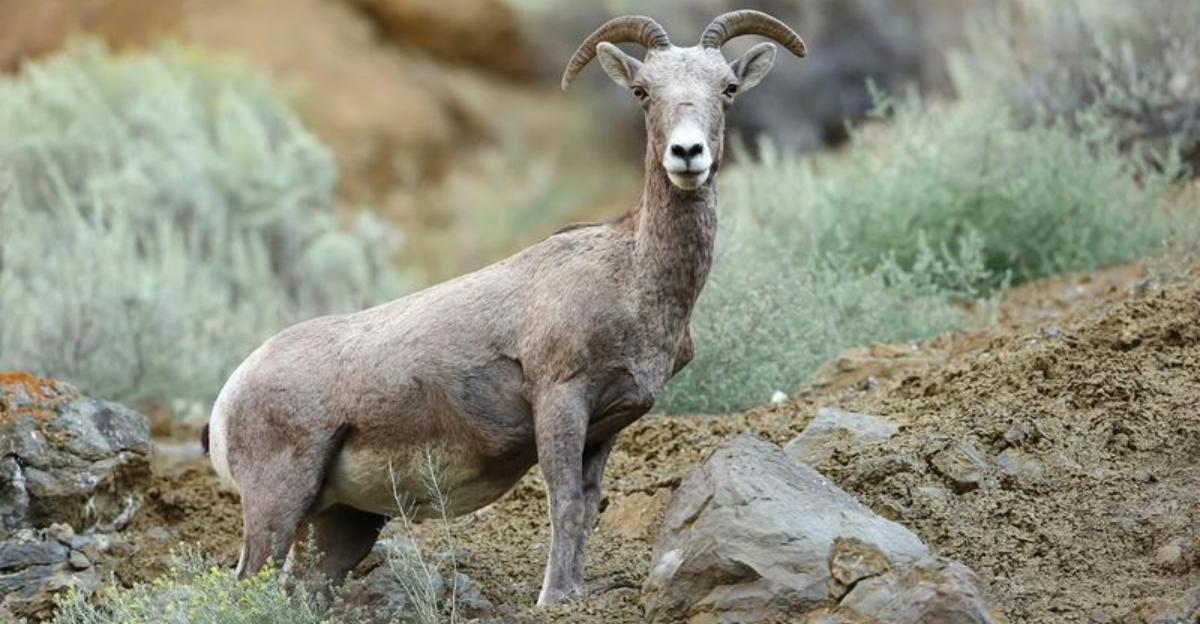
Our world is rich with animal diversity, with each species playing an essential role in our ecosystem. However, it’s hard to believe that many of them are now endangered and at risk of extinction.
Let’s see the most critically endangered animals in the United States, each fighting for survival in unique environments. Learn about their specific challenges, habitats, and what can be done to protect them.
1. California Condor
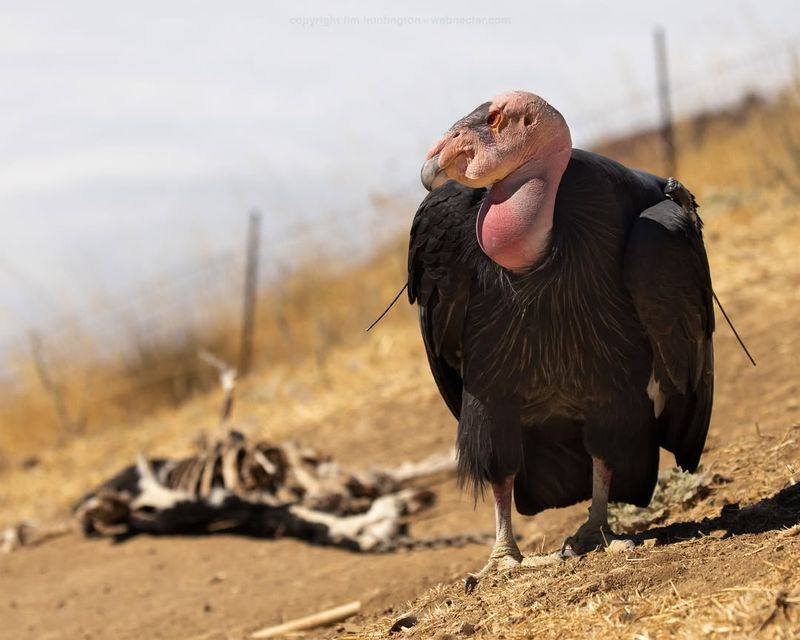
The California Condor, once nearly extinct, is now a symbol of successful conservation efforts. Found in the wilds of California and Arizona, these birds boast the largest wingspan in North America. They play a crucial role in their ecosystem as scavengers, helping to clean up dead animals.
Sadly, habitat destruction and lead poisoning remain significant threats. Protecting their habitat and continuing to monitor lead levels are essential steps in ensuring their survival.
2. Florida Panther
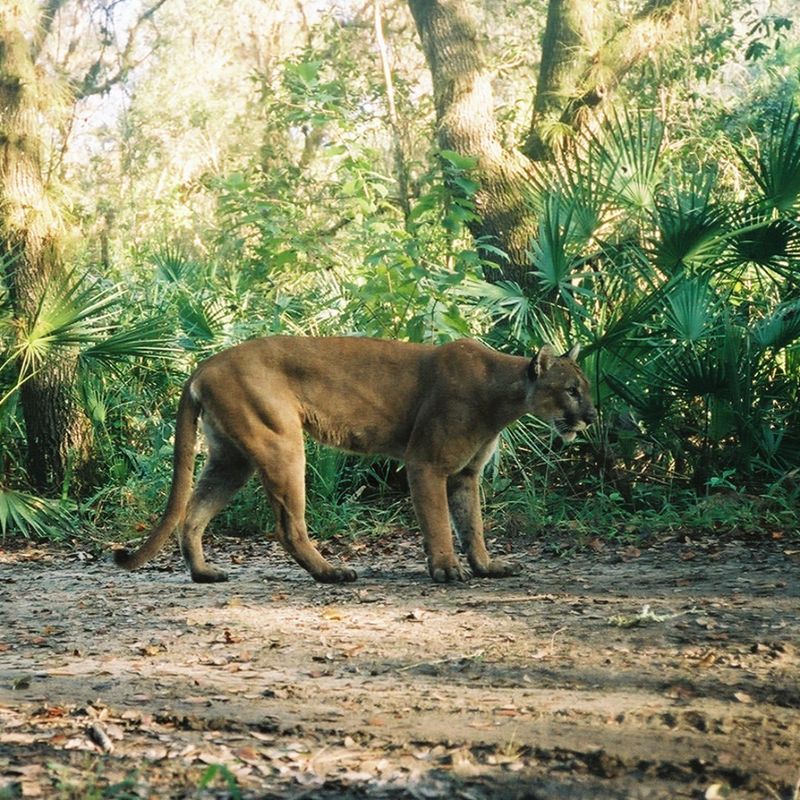
The elusive Florida Panther is a subspecies of the cougar, native to the forests and swamps of Florida. Critically endangered, fewer than 200 individuals are believed to remain in the wild.
These majestic animals are vital to maintaining a balanced ecosystem as top predators. Their primary threats include habitat loss and vehicle collisions.
3. Hawaiian Monk Seal
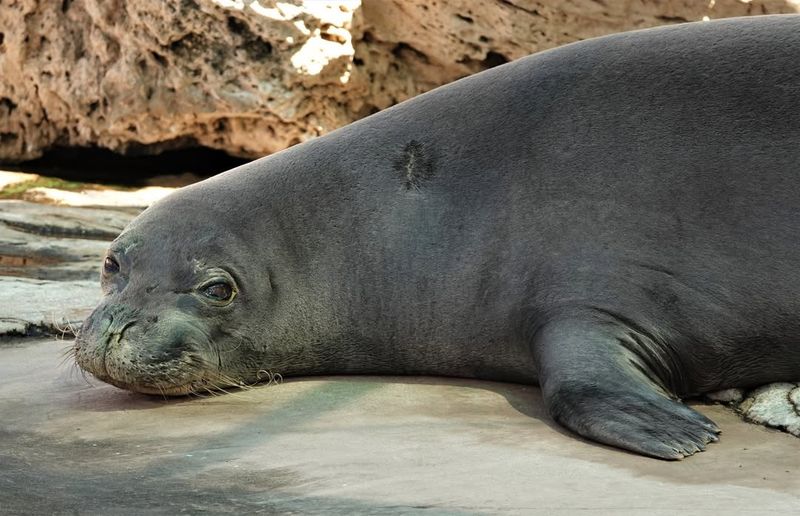
The Hawaiian Monk Seal is one of the most endangered marine mammals in the world, endemic to the Hawaiian Islands. With their playful nature, these seals are often seen lounging on beaches or navigating the warm Pacific waters.
Threats to their survival include entanglement in fishing nets, habitat destruction, and human disturbance. Conservationists are working on protecting their habitats and reducing human-seal interactions.
4. Red Wolf
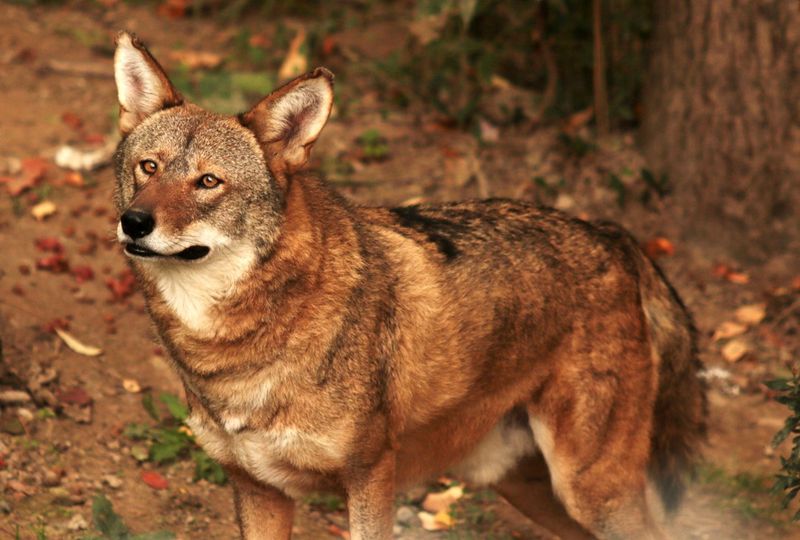
Native to the southeastern United States, the Red Wolf is one of the world’s most endangered canids. With fewer than 50 individuals left in the wild, they primarily reside in North Carolina. These wolves are essential in maintaining ecological balance by controlling prey populations.
Habitat fragmentation and human-wolf conflicts pose significant risks to their survival. Conservationists focus on breeding programs and reintroduction efforts to bolster their numbers.
5. Kemp’s Ridley Sea Turtle
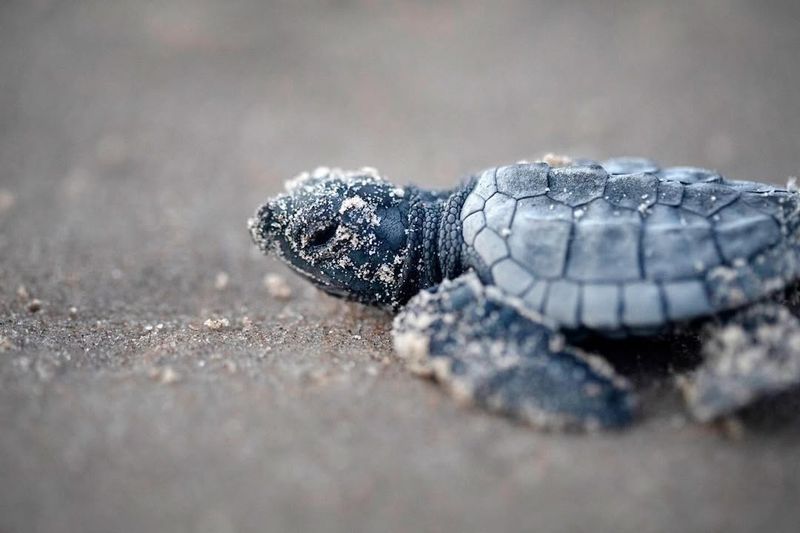
This is the smallest and most endangered sea turtle species, primarily found in the Gulf of Mexico. Known for their unique mass nesting called arribadas, these turtles face numerous threats.
Key dangers include habitat loss, pollution, and accidental capture in fishing gear. Supporting sustainable fishing practices and beach conservation can help ensure the survival of this remarkable species for future generations.
6. Attwater’s Prairie Chicken
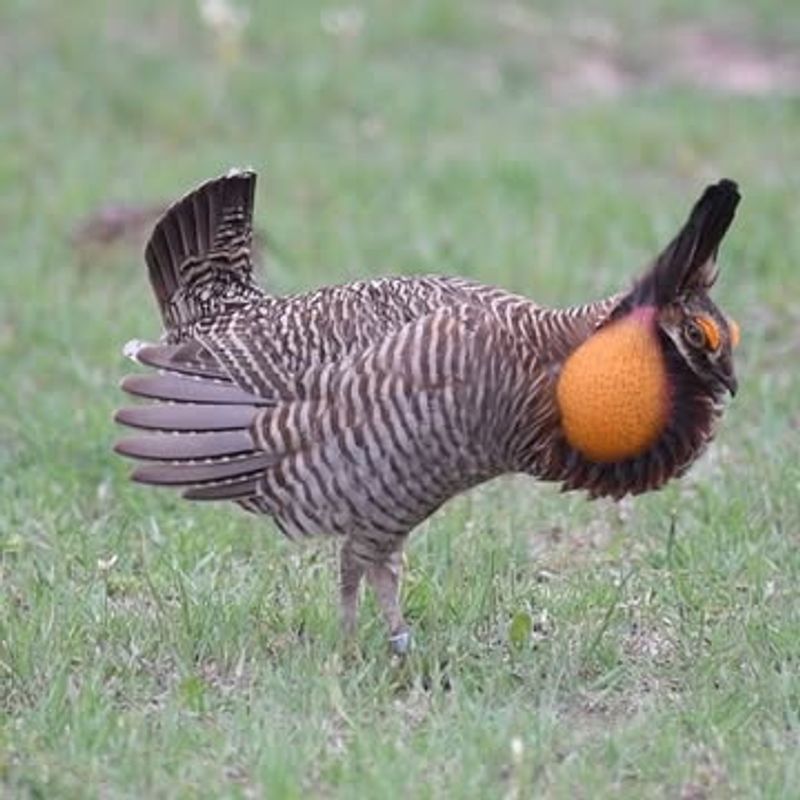
Attwater’s Prairie Chicken, a grouse species native to Texas, is critically endangered with fewer than 100 birds left in the wild. Known for their unique courtship dances, these birds are a vital part of the prairie ecosystem.
Their survival is threatened by habitat loss due to agriculture and urban development. Conservationists focus on habitat restoration and captive breeding to increase population numbers.
7. San Joaquin Kit Fox
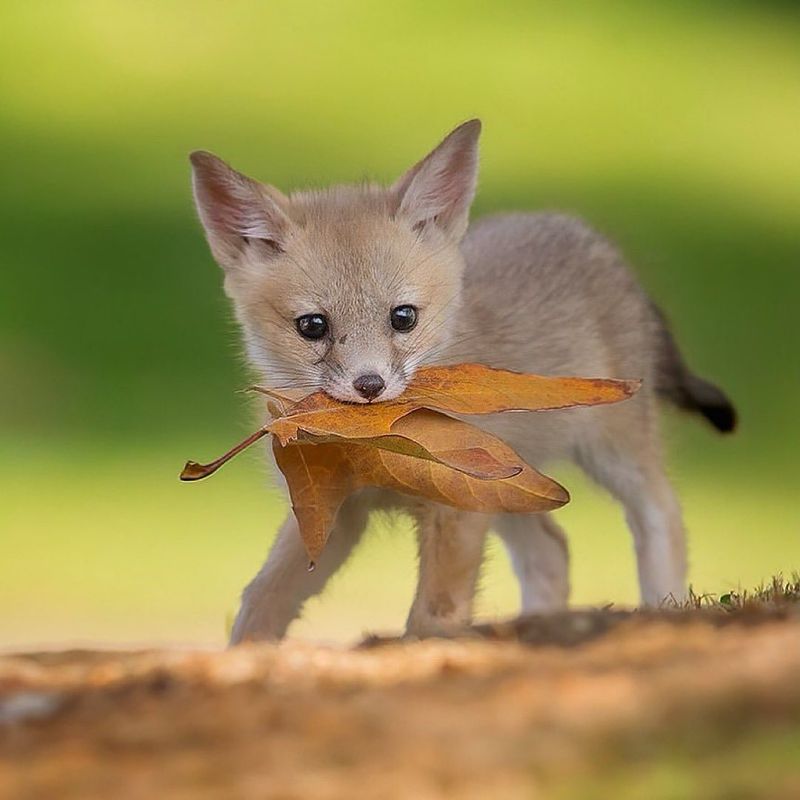
The San Joaquin Kit Fox, once widespread throughout California, now faces critical endangerment due to habitat loss.
Known for their small stature and large ears, these foxes are adapted to desert life, playing a key role in their ecosystem by controlling rodent populations. Urban development and agricultural expansion have significantly reduced their habitat.
8. Mississippi Gopher Frog
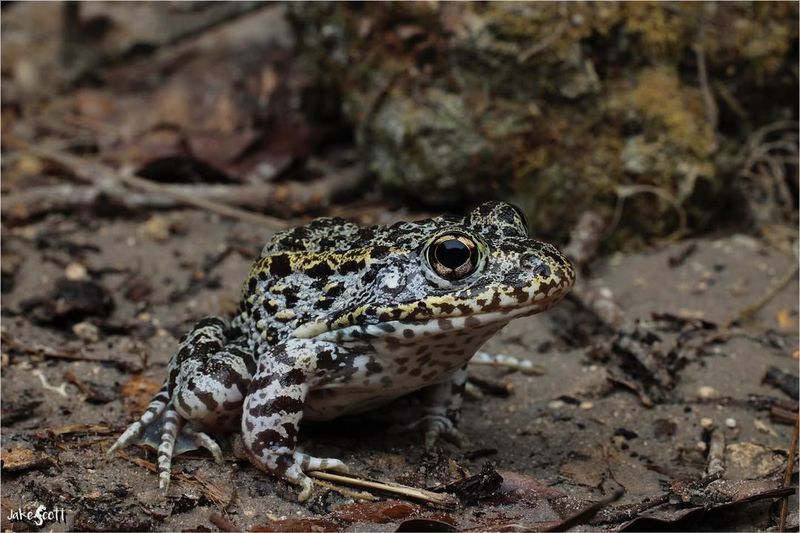
The Mississippi Gopher Frog, once abundant in the southeastern United States, is now critically endangered. Known for their distinctive warty skin, these amphibians play a crucial role in their ecosystem by controlling insect populations.
Their primary threats include habitat destruction and disease. Conservation efforts focus on habitat restoration and captive breeding programs.
9. Whooping Crane
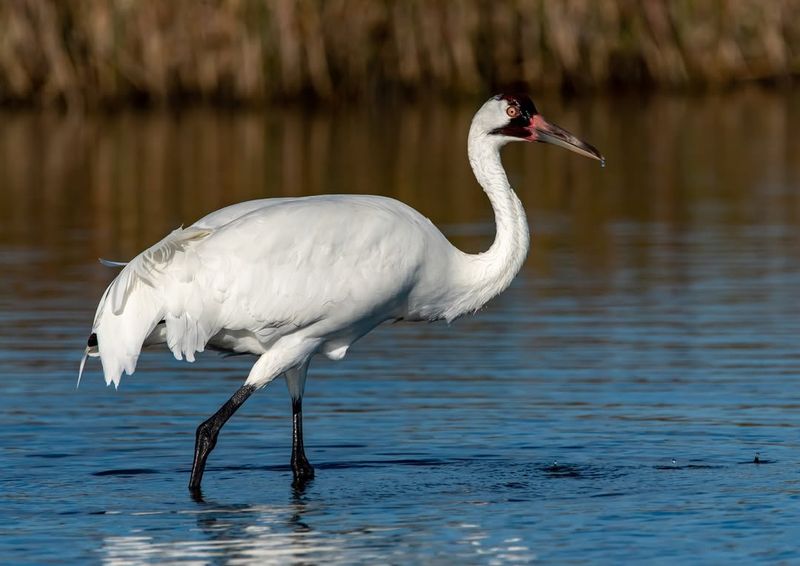
The Whooping Crane, the tallest bird in North America, is critically endangered with a population of around 800 individuals. These magnificent birds are known for their striking white plumage and elaborate courtship dances.
Habitat loss and human disturbance are significant threats to their survival. Public education and awareness campaigns are also critical in ensuring their continued existence.
10. Humpback Chub
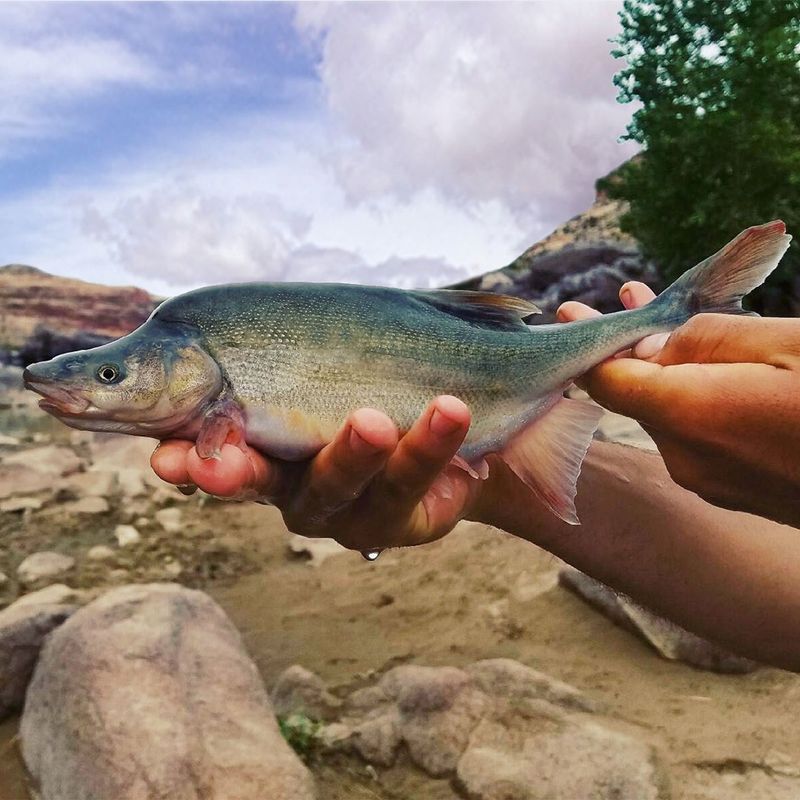
The Humpback Chub, native to the Colorado River, is a distinctive fish species known for its humped back and silvery body. Critically endangered, they face threats from habitat alteration and invasive species.
Public support for river conservation initiatives is vital. Protecting the Humpback Chub aids in preserving the delicate balance of aquatic ecosystems in the region.
11. Black-footed Ferret
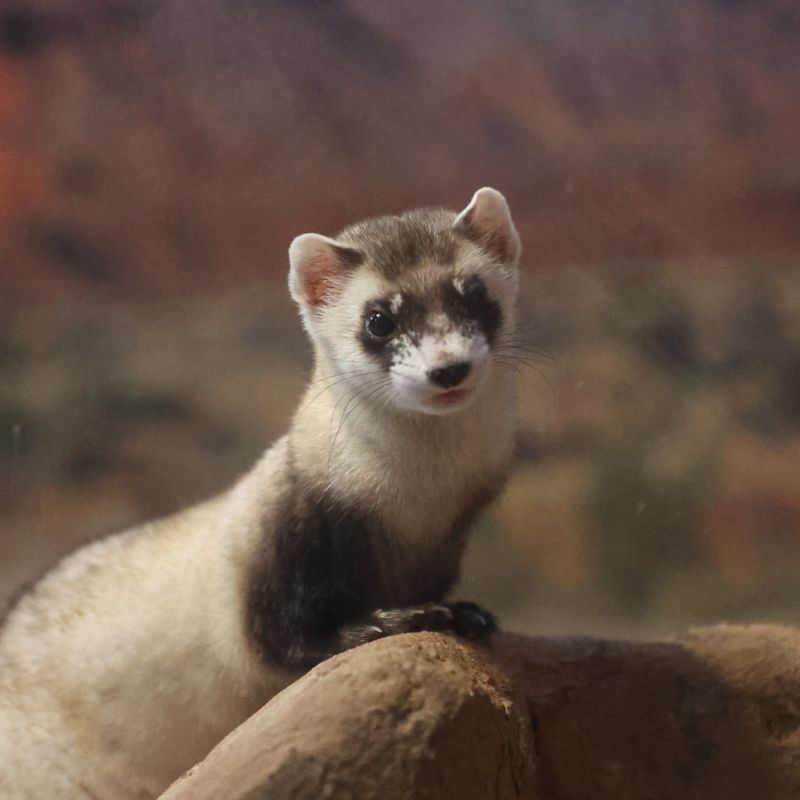
This is North America’s most endangered mammal, is a symbol of survival. Once thought extinct, they were rediscovered and reintroduced into the wild.
These ferrets rely on prairie dogs for food and burrows. Habitat loss and disease remain significant threats. Conservationists use captive breeding and reintroduction to restore populations.
12. Piping Plover
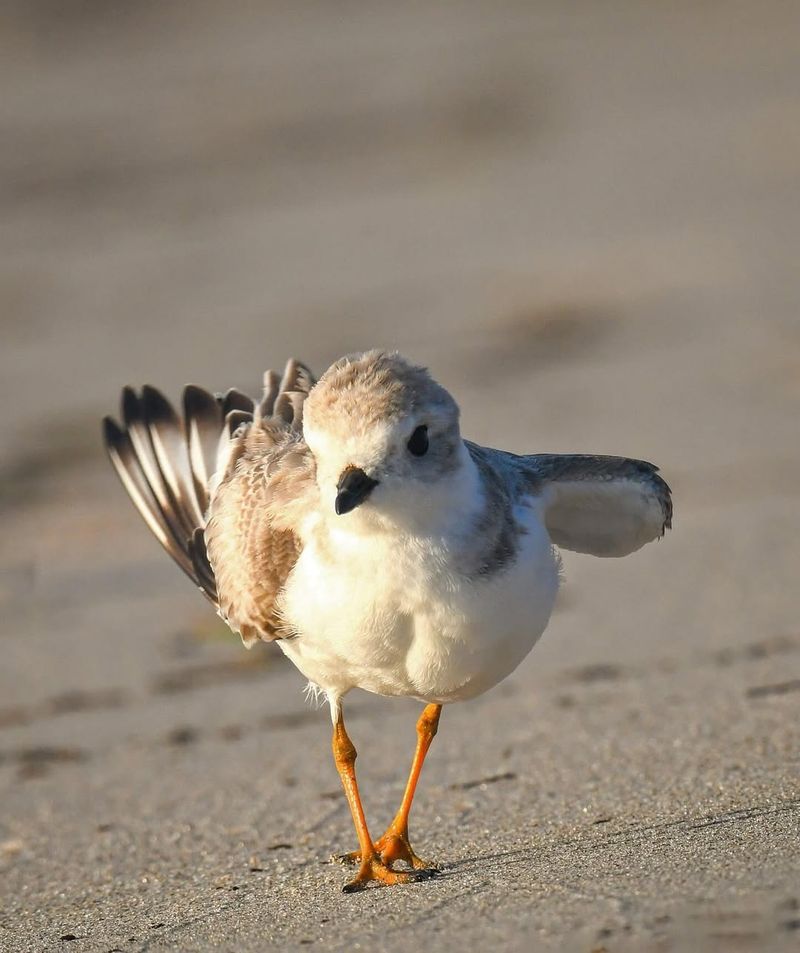
The Piping Plover, a small shorebird, is critically endangered due to habitat loss and disturbance during nesting. Found along the Atlantic Coast, they are known for their pale plumage and distinctive black bands.
Conservation efforts focus on protecting nesting sites and reducing human disturbance. Public awareness and involvement are crucial. Supporting beach conservation initiatives helps protect these charming birds.
13. Hawaiian Crow
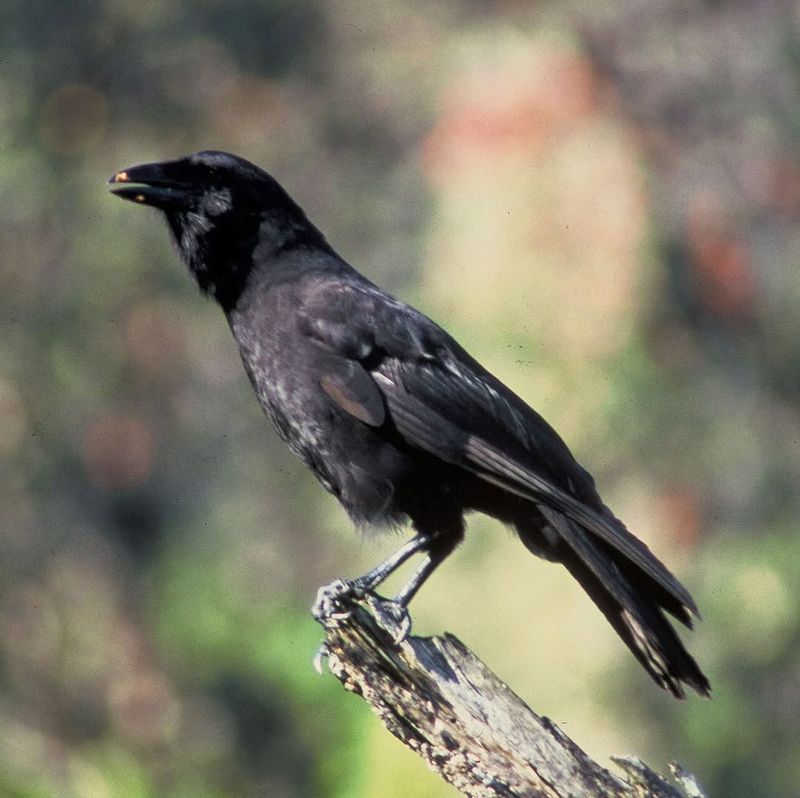
The Hawaiian Crow, or ‘Alala, is a bird native to Hawaii, known for its intelligence and social nature. Sadly, it is now extinct in the wild, with only a small population surviving in captivity. Efforts are ongoing to reintroduce these birds into their natural habitat.
The lush forests that once echoed with their calls have been largely destroyed, leaving these crows with nowhere to go. Conservationists are working diligently to restore these habitats and give the Alala a fighting chance.
14. Dusky Gopher Frog
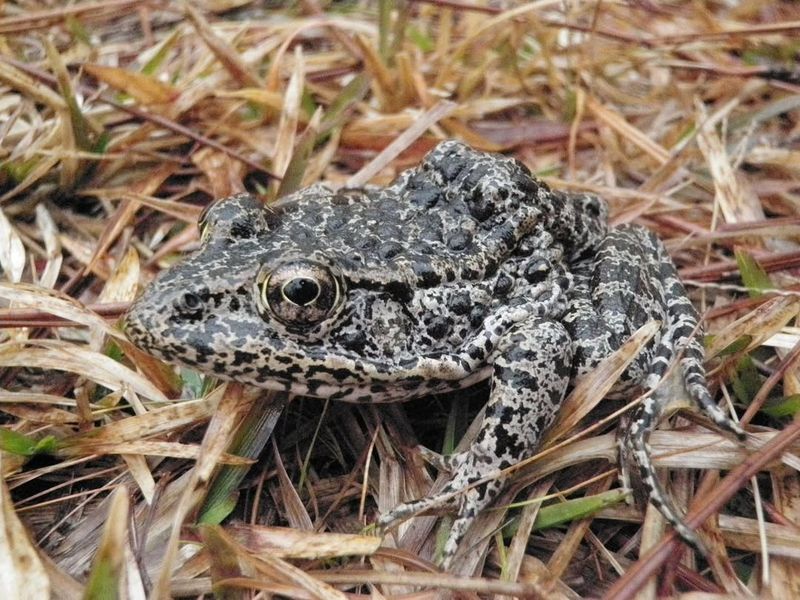
The Dusky Gopher Frog, native to the southeastern United States, is critically endangered with only a few populations remaining.
Known for their distinctive call, these frogs are threatened by habitat loss and disease. Preservation initiatives focus on habitat protection and captive breeding.
15. Ash Meadows Pupfish
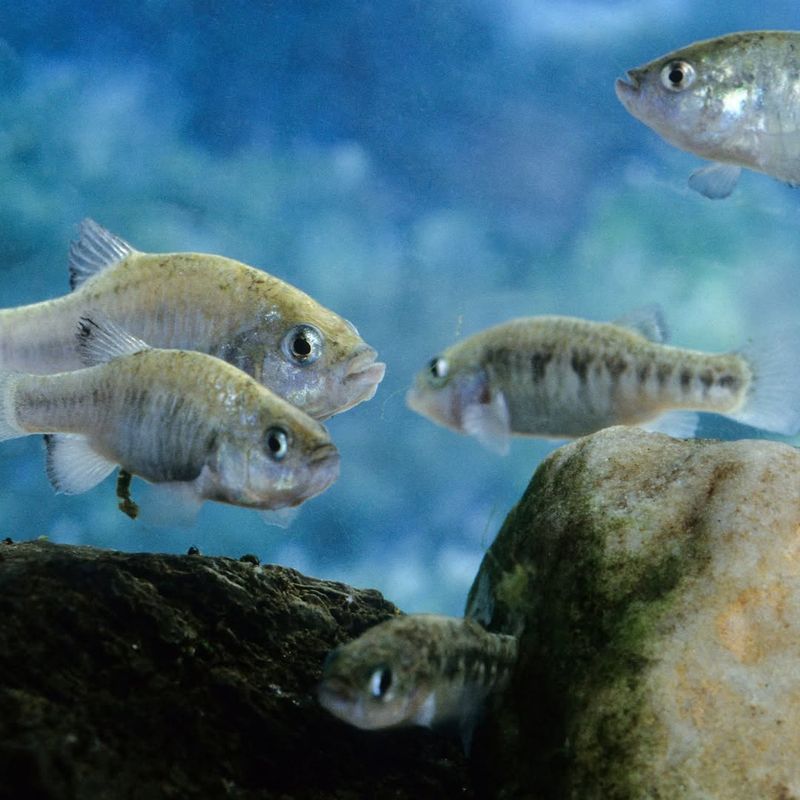
The Ash Meadows Pupfish, endemic to Nevada, is a tiny fish species that thrives in limited spring habitats. Critically endangered, they face threats from habitat destruction and water diversion.
Environmental protection measures focus on protecting these unique springs and their surrounding environments.
16. Sierra Nevada Bighorn Sheep
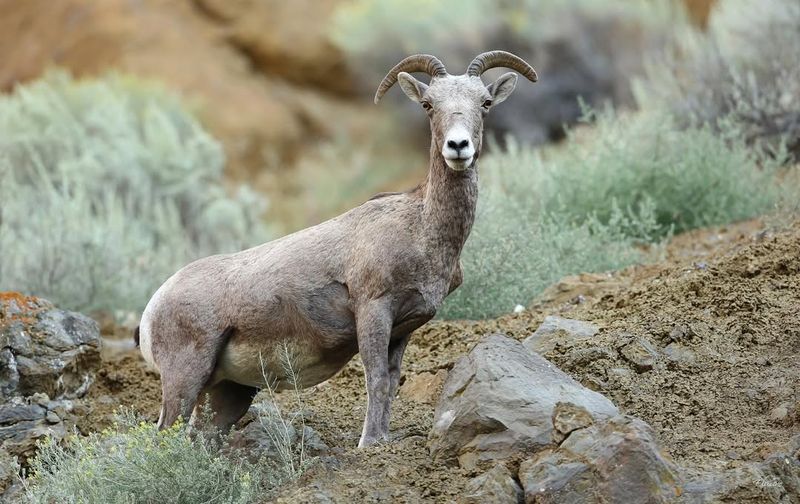
The Sierra Nevada Bighorn Sheep, native to California, is critically endangered with fewer than 500 individuals remaining.
These sheep are recognizable by their large horns and agile climbing abilities. Habitat loss and disease are their main threats. Conservation efforts focus on habitat protection and disease management.
17. Ozark Hellbender
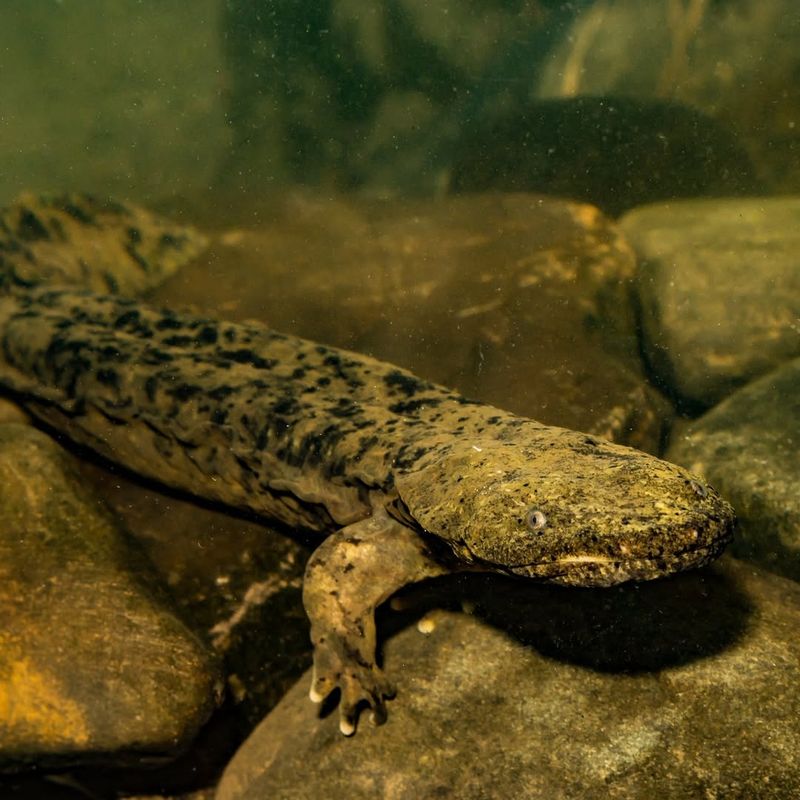
The Ozark Hellbender, a large aquatic salamander, is critically endangered and native to the Ozark Mountains.
Known for their unique appearance, they face threats from habitat alteration and pollution. Species preservation initiatives focus on habitat restoration and water quality improvement.
18. Yellowfin Madtom
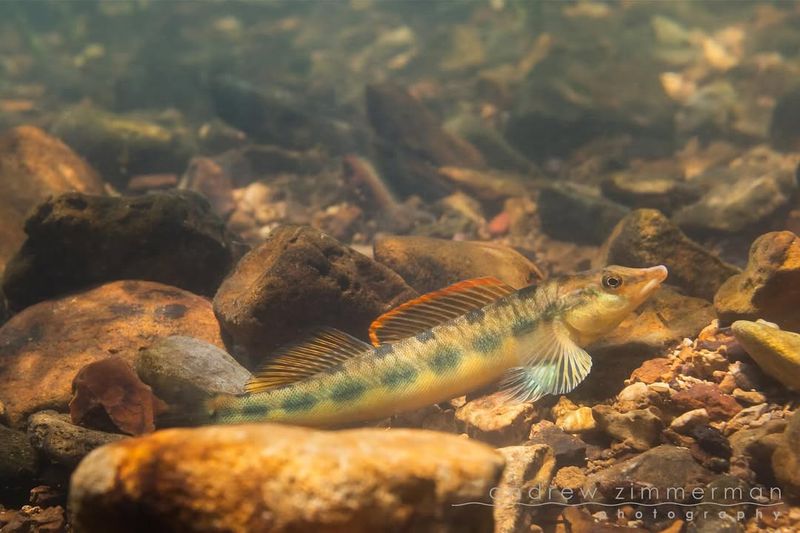
The Yellowfin Madtom, a small catfish species, is critically endangered and found in limited areas of the southeastern United States.
Threats include habitat degradation and pollution. Conservation efforts focus on habitat restoration and improving water quality.

